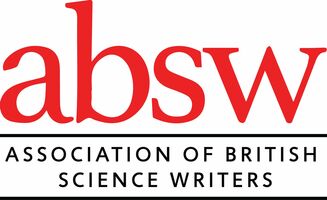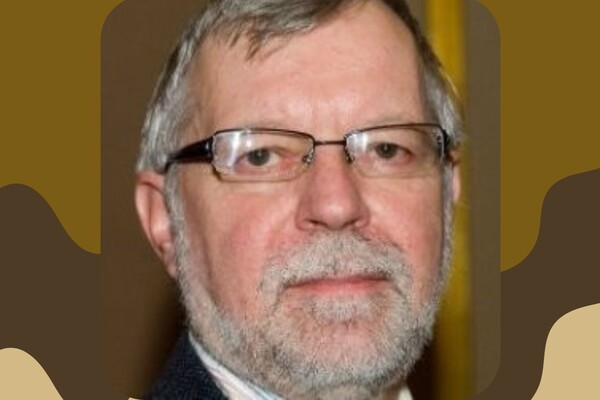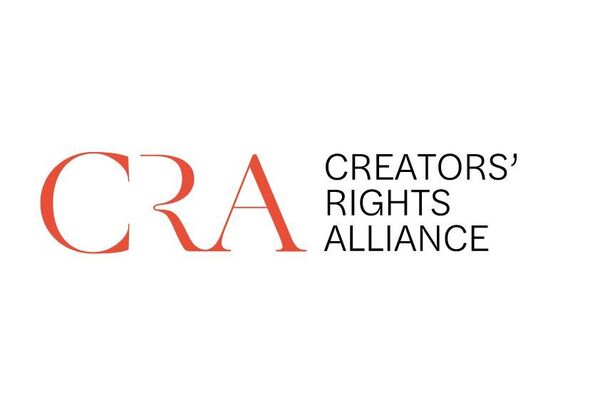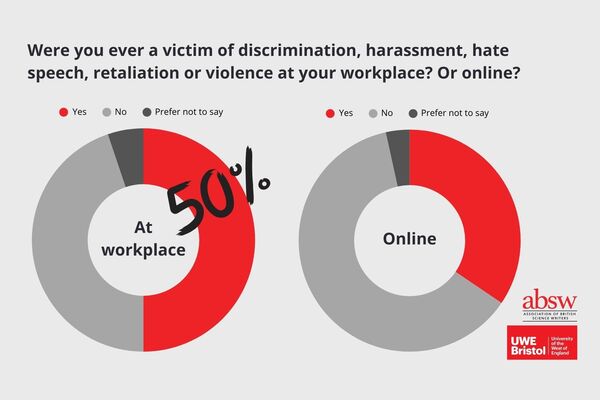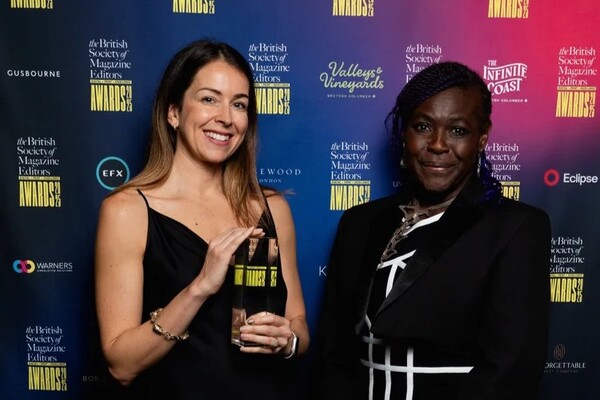Mike changed my life. Twice.
I first met Mike late in 1982. I was working for IPC Magazines and applying for jobs within the group to avoid being made redundant after the closure of Look and Learn. I was being interviewed by the new editor, Fred Pearce, for the role of assistant news editor (I was not remotely qualified for the job; Steve Connor got that one), when Mike appeared. “Nothing to do with the interview,” he said, “but Personnel say you’re free. Would you help out on the production desk for a couple of weeks?”
I said yes, of course, and spent two weeks checking copy and layouts out to go to the typesetter (no office computers then). It wasn’t hard work, and I had time on my hands to do a bit of subbing on the copy. At the time, New Scientist had no sub-editors – each section editor subbed their own pages. After two weeks, it was time to go, and Mike came to me to say that I’d changed his mind on subbing, that he would try to get a post created, and that I should look out for the internal advert.
Three months later, the job appeared, titled Chief Sub Editor. I applied and had a typical Mike interview, which is to say that, generally speaking, none of his interviews were typical. The first words he spoke were, “Well, how much shall we pay you?” Life changed.
I realised later that Mike had a fierce commitment to making New Scientist accessible and comprehensible to the widest possible readership. He backed me all the way, despite the initially sceptical attitude of a couple of staff members. His approach paid big dividends, with big uplifts in circulation.
Around this time, Mike was instrumental in the Royal Society’s creation of the Committee on the Public Understanding of Science, on which he served, and for which he received an OBE in 1990. ‘I was completely surprised when I heard,’ he said. ‘I’ve spent the past 11 years slagging off the government.’ To staff, he said only that OBE stood for “Other Buggers’ Efforts”.
Mike was also fiercely committed to British science. Born in Bermondsey (before it became trendy), Mike studied physics at the then very new and small University of Sussex (where he began his long friendship and later professional association with science journalist and author John Gribbin). He graduated in 1966, then spent two years as a researcher at Culham, working on nuclear fusion.
That commitment showed in 1984 when he decided that New Scientist would start a year-long campaign to highlight the threats to British science. It earned the magazine Campaign of the Year at the Periodical Publishers Association awards the following year.
Mike was a sharp critic of sloppy writing and editing. Every weekend, he would take home the proofs, mark them up, then toss them (literally) on the relevant editors’ desks. It was a practice that annoyed many, but probably what annoyed staff most was that he was invariably right. But he was not precious about his own copy. I used to sub his editorials, and his sole concern was that the best possible result emerged in print.
By 1990, and his OBE, Mike and IPC had parted company. He was never happy with the management of a large publishing company whose board, when he left, had not one member with editorial experience. And he was not shy, either, of expressing his contempt outside the company.
The second life change. Two years later, I left IPC too, essentially sacked for trade union activity. The sacking was masked as redundancy and backed by the NUJ. I went to court arguing it was indeed an anti-union sacking. Such cases are notoriously hard to prove.
While the case was being prepared for the industrial tribunal, I bumped into Mike and told him what was going on. “Too right,” he said. He then related to me a string of occasions when the company had tried to get him to curtail my union activity. Apparently, he had year after year put my name down for a merit rise and seen the managing director cross my name off the list year after year. I asked, more in hope than expectation, whether he would put that in writing.
Mike was not then a union member, but he immediately said yes, and quickly wrote a detailed affidavit. IPC, the rug pulled out beneath them, immediately settled out of court. The details cannot be disclosed, but, yes, the settlement was life-changing.
I kept in touch with Mike over the years. For the first five years of its life, in the 2000s, Mike was a contributing editor (Editor at Large was the formal, if vague title) for Science Business, the newsletter and events company based in Brussels, which I co-founded with Richard Hudson. And we also met up for one or two baroque music concerts in London. His love of baroque music, which he shared with his wife, Liz, was one of the few things that could lure him to the capital from his Sussex fastness.
The world of science journalism is poorer without him. He transformed New Scientist from a fine journal catering to a smallish circle of scientists to a mass circulation magazine that also hugely influenced, and in the process changed the entire science journalism landscape in Britain. Why the ABSW never made him a member of honour, I guess I will never know. No one deserves the accolade more.
